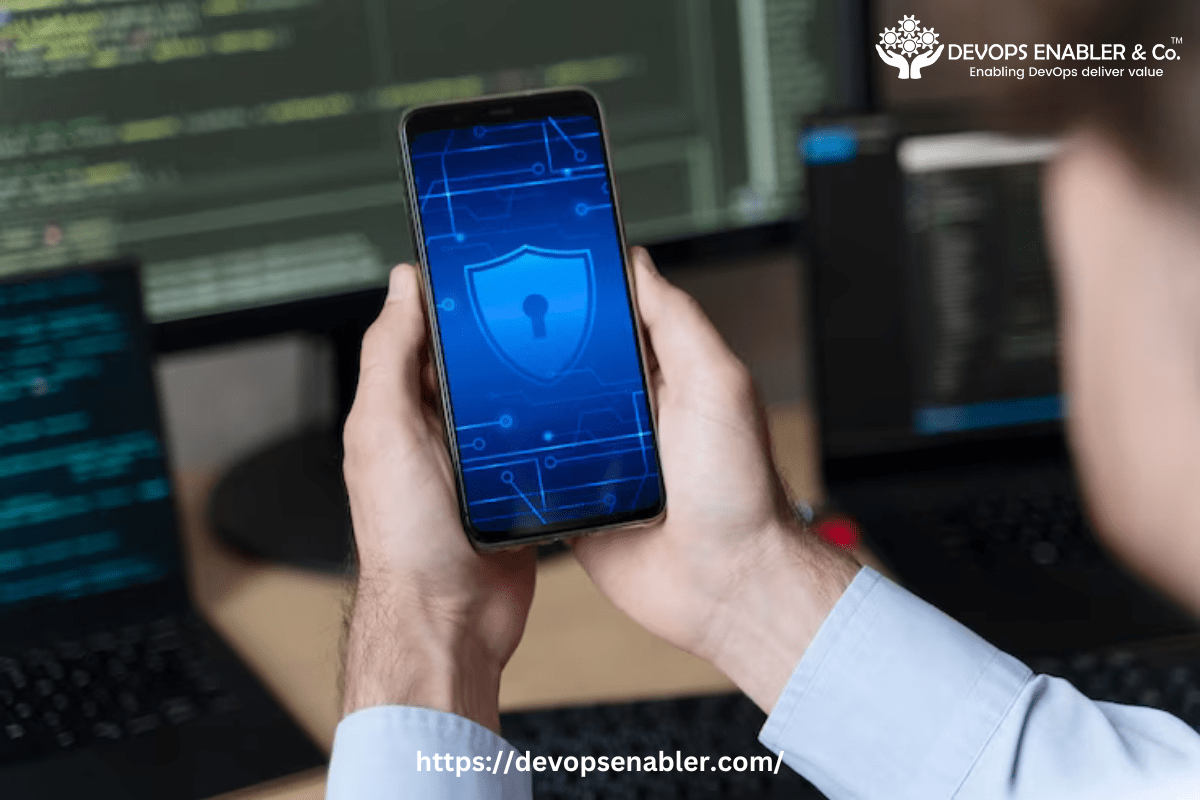
The importance of robust application security cannot be overstated. It is a collective responsibility that requires collaboration from both DevOps and security teams. However, the challenge lies in aligning the workflows of these two essential components without disrupting the seamless application delivery process. Beyond individual expertise, ‘App Security Is A Team Sport‘ emphasizes the interdependence of roles, fostering an environment where diverse skills converge to create a robust defense against cyber threats. While DIY-integrated toolchains have emerged as accelerators in the race to faster application delivery, they also introduce a set of challenges, ranging from increased complexity to compliance issues, affecting the entire application delivery team.
The Diverging Paths of DevOps and Security:
DevOps and security teams operate on different wavelengths, each with its distinct set of priorities and objectives. DevOps emphasizes agility, speed, and continuous delivery, aiming to meet the ever-growing demand for faster application releases. On the other hand, security teams are tasked with mitigating risks, ensuring compliance, and safeguarding applications against vulnerabilities. The challenge arises when attempts are made to integrate these divergent workflows seamlessly.
DIY-Integrated Toolchains: Catalysts for Acceleration and Complexity:
To bridge the gap between DevOps and security, many organizations turn to DIY-integrated toolchains. These tools promise to expedite application delivery by seamlessly incorporating security measures into the development pipeline. However, the acceleration comes at a cost.
- Complexity: The introduction of each new tool adds layers of complexity to the development process. Managing multiple tools, each with its unique interface and configuration can overwhelm the entire application delivery team.
- Islands of Data: The adoption of various tools often leads to the creation of islands of data. Different tools collect information independently, resulting in fragmented visibility and hindering a comprehensive understanding of the application security landscape.
- Inconsistent Security Settings: DevOps and security teams may have differing priorities when configuring security settings. The lack of synchronization can result in inconsistent security configurations, potentially leading to vulnerabilities.
- Reporting Challenges: The disjointed nature of DIY-integrated toolchains complicates the process of generating unified reports. This lack of cohesive reporting hampers decision-making and the ability to respond effectively to security threats.
- Compliance Issues: Meeting regulatory and compliance standards becomes a precarious task when each tool adheres to its compliance measures. A cohesive approach to compliance is compromised, posing potential risks to the organization.
Impact on Collaboration and Governance:
The repercussions of using DIY-integrated toolchains extend beyond technical challenges. The entire application delivery team, comprising project managers, developers, testers, operations, and security teams, is affected. Visibility and governance become constrained, and the teams find themselves playing different games rather than collaborating on a shared goal.
Connect with Our Assistance: https://devopsenabler.com/contact-us
A Unified Approach: Balancing Speed and Security:
The solution lies in adopting a unified approach to application security, harmonizing the workflows of DevOps and security teams. Rather than adding more tools to the mix, organizations should focus on integrated security solutions that seamlessly align with existing processes.
Key Strategies for a Unified Approach:
- Collaborative Selection: Choose tools that cater to the needs of both DevOps and security, ensuring that the selected solutions facilitate a shared understanding of security goals.
- Automated Integration: Implement automated security checks and tests within the CI/CD pipeline. This ensures that security measures are an integral part of the development process without impeding speed.
- Centralized Reporting: Opt for solutions that provide centralized reporting and governance features. This enables the entire team to have a cohesive view of the application security landscape, fostering better collaboration and decision-making.
- Compliance Integration: Select tools that seamlessly integrate compliance measures into the development pipeline. This ensures that applications adhere to regulatory standards without compromising speed or security.
Striking the right balance between speed and security is paramount. While DIY-integrated toolchains may promise acceleration, the costs in terms of complexity, data islands, inconsistent settings, reporting challenges, and compliance issues can outweigh the benefits. A unified approach that aligns the workflows of DevOps and security teams is the key to navigating these challenges, ensuring that all members of the application delivery team are playing the same game and working towards a common goal.
Contact Information:
- Phone: 080-28473200 / +91 8880 38 18 58
- Email: sales@devopsenabler.com
- Address: #100, Varanasi Main Road, Bangalore 560036.




